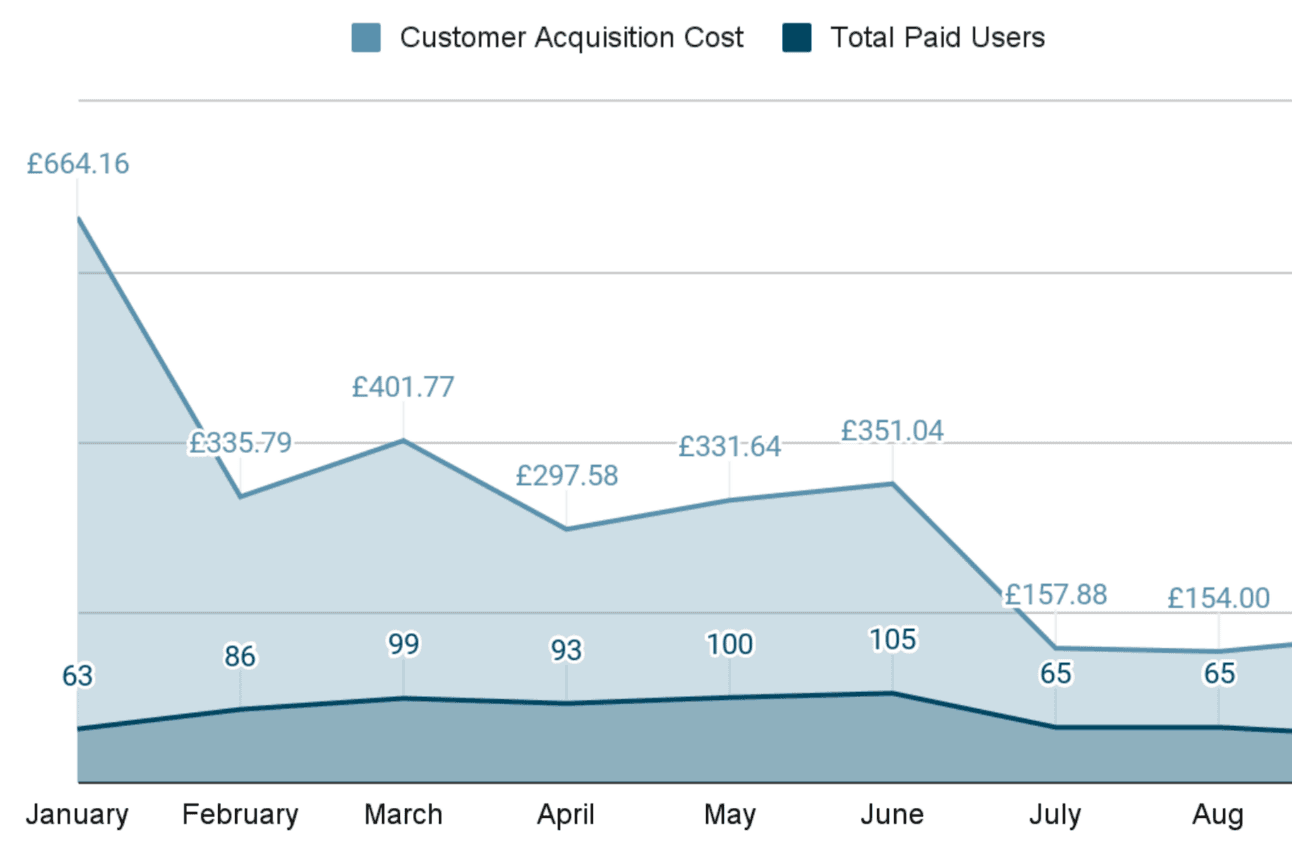Growth Stratagies
January 9, 2024

Written by Rachid Ehabi
How I set up a growth strategy
People only care about revenue and profit and how to get there. Providing a clear roadmap is key. It serves two essential purposes: Alignment: It ensures that your team and other relevant stakeholders in the company are on the same page regarding your growth priorities. Resource and Support: It helps secure the resources, whether financial or human and the support the high-ups that you need to execute your growth strategy.
In any company, the name of the game is efficient growth. Mastering the art of presenting a Growth Strategy is crucial for effectively putting it into action. Many, like myself, lacked the framework. Here's mine:
It covers 7 key sections:
1. Overview
2. Landscape
3. Goals and KPIs
4. Forecasting
5. Strategy
6. Tactics/Tests
7. Resources
Sharing your growth strategy does 2 things:
1. Getting the Support:
It helps you get the backing and resources (budget, resources, tools) that you need to make it happen.
2. Getting Everyone on Board:
It makes sure your team and others in the company know and agree on your main goals for growth.
Ensuring everyone is on the same page for your growth plan is a challenge.
That's why clearly explaining and thoughtfully organizing your strategy is important to getting the thumbs up 👍
The Growth Strategy is divided into the following sections:

Let’s dive in:
Part 1 →Overview:
The primary objective here is to provide a swift and clear summary of your growth plan for the upcoming months.
Executives review presentations all the time, so simplifying the information is greatly valued. A one-sentence summary per section of the playbook, emphasising clarity and simplicity, is highly effective. Make it concise, typically limited to one or two pages, summarising the core concepts of your growth strategy.
Part 2 →Current Growth Landscape:
This is an observation from the past, that will help you build your Growth Strategy for the future.
It would help if you showed a clear overview on:
How well the company has been doing in terms of achieving its growth goals over the past few quarters?
How the product is growing right now
a. Evaluating Past Company Performance: This will show what went well and what we can do better with our growth strategy.
Choose 3-4 benchmarks that are important for the company in a table format with the comparison vs your plan and YoY (year over year). Don’t overcomplicate it, only a few metrics are needed.
b. Analysing Current Product Growth: Examine the growth by visualising the key channels and strategies driving it.
How are you currently acquiring users?
What are the main channels driving growth and how do they perform?
What retention strategies are set in place?What is the sales or trial conversion rate?
Simply explain this using simple figures with text. The aim here is to provide a brief overview of how the current process is going and start providing a few suggestions.
Part 3 → Goals & KPI's
We know the performance of the past, and we now need to see what we be the focus for the future.
What is the main goal?
These are lagging indicators /outcomes, the north star metric. It should not be something you can directly control or influence; rather, it should be the outcome of all your marketing efforts.
Depending on the remarks made in point 2, you should be able to see what needs to improve, so focus on that.
KPIs:
These are 3-5 supporting goals to support the goals. These are the measurements and leading indicators of how to achieve the North Star. The inputs drive the outputs.
Set KPIs you will try to hit as the sum of improvements on those KPIs is what will contribute to reaching the main objective.
KPI Examples: 10% MoM Growth rate, 5% lead velocity rate, 25% lead conversion rate
Part 4 → Forecasting:
This is the reference point for assessing the performance where you will forecast and show objectives for the upcoming period
Build a realistic plan based on what you know will work from proven programs as well as the potential impact of new experiments that you will test.
I recommend incorporating straightforward graphs or tables to visually present your goals for the upcoming period. This section will provide a visual reference to evaluate your performance.

Part 5 → Strategy:
It’s time to build the growth plan. From a high level, what you want to do here is take a broader view and address a pivotal question: What are the primary strategies we'll employ to achieve our objectives?
This section is a brief one-page summary covering:
The key strategies and channels you intend to utilise.
The experiments and initiatives you’ll be implementing.
The specific stages of the user journey or funnel where you will concentrate your efforts.
Make a distinction between the well-established channels that are performing effectively and continuously optimising and the new projects/experiments that you will test, even though their impact remains uncertain.
Part 6 → Tactics and tests
Now, let's dive deeper into our tactics and experiments, building upon the previous section:
Provide a detailed description of each tactic or experiment.
Clearly lay out the objectives and the metrics we'll use to gauge success for each one.
Identify the stage of the funnel that each aligns with.
Project the expected impact of each tactic or experiment on the overall Growth Plan.
Part 7 → Resources, systems and processes
You need resources to move the needle. Speed is key. If you don’t ask, you don’t get it so make sure to ask for it.
To secure resources, it's essential to have a well-defined strategy and vision in place which you’ve done already.
Identify the specific types of resources you require, which may include:
- Financial (budget)
- Human (potential agency support, freelancers, or bandwidth from other teams)
- Tools (automation tools, analytics software other marketing tools)Articulate the reasons behind your resource needs and the consequences of not obtaining them.
Evaluate the costs involved, including both financial and human aspects.
Top management wanted results yesterday and if you show how having the right recourses will save time and money, it will increase your chances.
However, in startups, you must prioritise your requirements as you might not obtain everything. Be prepared for trade-offs, as you will compete with others for resource allocation.
TL;DR
Achieving revenue and profit is paramount, and a clear growth strategy is crucial for success.
This strategy serves two main purposes: ensuring alignment among your team and stakeholders and securing the necessary resources and support to execute your growth plan.
The growth strategy typically consists of several sections, including an overview, an analysis of the current growth landscape, setting goals and KPIs, forecasting, defining strategies, detailing tactics and experiments, and addressing resource needs.
Effectively presenting this strategy is vital for achieving your growth objectives.
Other Posts





